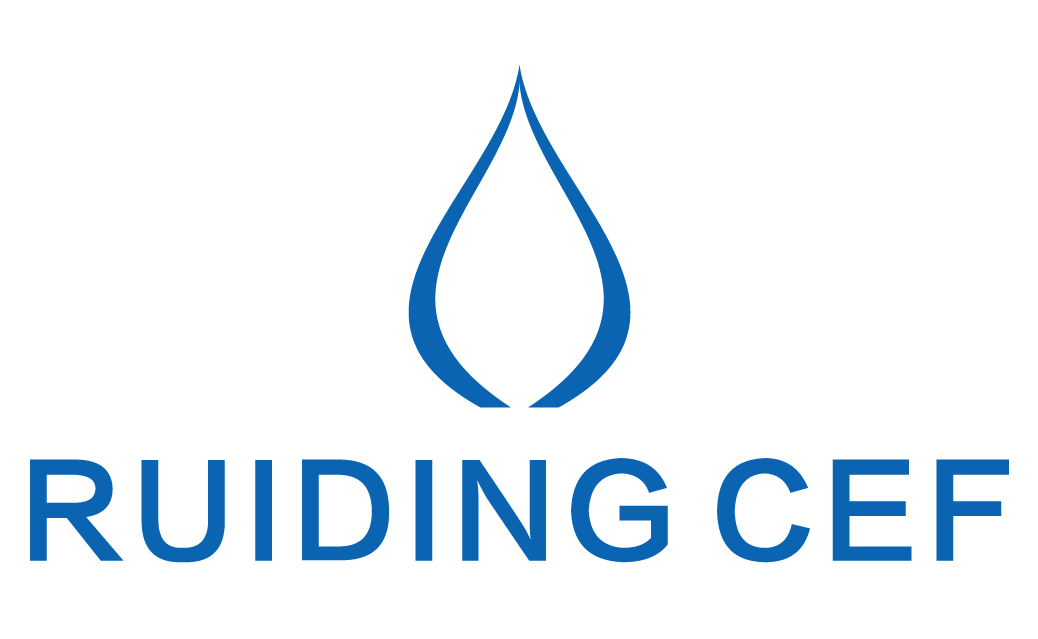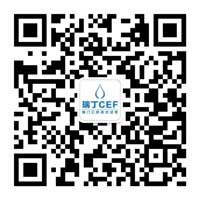Injection after embryo transfer are very important!
After the embryo transfer procedure, some intended mothers might think that everything is completed and feel at ease, but in fact there is still a most important thing to do after transfer, which is to have progesterone administration following your physician’s advice. Some intended mother might be curious of the reason why they should take progesterone after transfer.
Indeed, progesterone intake at this moment is crucial to patients, and might be the key point to determine whether the pregnancy will last long.
Progesterone Administration after Fresh Embryo Transfer

According to the consultants in CEF, fresh embryo transfer is usually arranged at day 3 to day 5 upon egg retrieval procedure. There might be more than 1 follicle stimulated and extracted in IVF treatment. During egg retrieval procedure, not only follicles but also a large number of granule cells will be extracted.
These granule cells form the basis for the formation of the luteal after normal ovulation. Since the granule cells are extracted together with eggs during egg retrieval, it will affect the formation of luteal and the further secretion of sufficient progesterone to support normal pregnancy. Therefore, progesterone support is needed after fresh embryo transfer until the pregnancy reaches 8-10 weeks. Placenta will be formed after 10 weeks, which will replace luteal to generate progesterone, and does not require artificial progesterone support thereafter.
Progesterone Administration after Frozen Embryo Transfer (FET)
Frozen embryo transfer is arranged to thaw the embryos frozen by freezing technology after embryo culture and to transfer the thawed embryos to the uterus at a specific date of a menstrual cycle. IVF experts clarifies that the transfer protocol in frozen embryo transfer cycle is different to that of fresh cycle in that it has three options including using a natural cycle, stimulation cycle and artificial insemination cycle. The progesterone administration required for different protocol needs to be differentiated on a case-by-case basis.
It’s pointed out by the consultants in CEF that natural cycle protocol mainly applies to patients with regular menstrual cycle and good follicle quality. However, some women might not have enough progesterone support for an FET cycle following a natural ovulation cycle. Therefore, patients should follow their physicians’ advice as to whether progesterone administration is needed.
The endometrium preparation protocol following egg retrieval mainly applies to patients with irregular menstruation or poor follicle quality. As stimulation medicines have some impacts on the functioning of the luteal, additional progesterone administration might be suggested.
Artificial insemination endometrial preparation protocol mainly refers to the protocol that includes the usage of estrogen and progesterone after pre-cycle regulation. It is to simulate the hormone secretion of menstrual cycle. Because pre-cycle regulation suppresses the pituitary gland to function and the follicles to grow, progesterone will not be produced by the patient herself. Therefore a relatively higher dose of progesterone will be needed to be administered. This method might be applied to patients with irregular menstruation or the presence of endometrial inflammation and endometriosis.
The Importance of Progesterone Support
1. Protection to Immune System
Progesterone provides protection to immune system and inhibits the immune response. When a woman is pregnant, her progesterone level normally will increase to prevent the embryo from being rejected by the maternal body and thus help maintain the pregnancy. When progesterone deficiency occurs, the embryo may be rejected by the maternal body and a miscarriage might occur.
2. Embryo Implantation
After ovulation, the endometrium is converted under the effect of progesterone from proliferation to secretion period to make the endometrium compatible with the implantation of the embryo. Decidual cells are converted from cytoplasm cells and contain glycogen particles to provide nutrition to the embryo.
3. Inhibit Uterine Contraction
Progesterone may be used to reduce uterine muscle excitability and conductivity, and to reduce the sensitivity of the uterine muscle to various stimulations such as Oxytocin, thus help maintain the pregnancy by preventing the uterus from excreting the embryo.
CEF lays emphasis on being rational and cautious in selecting a certified clinic and physician who is able to provide suitable protocol to work with.
With legal and compliant business qualifications, CEF has several branches at home and abroad. We provide united and transparent fees. Our professional service team will offer services in pregnancy follow up and consultation by perfect standards and processes. Please feel free to contact us.

